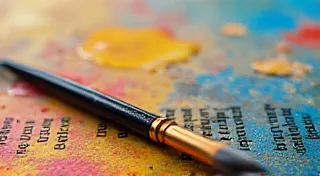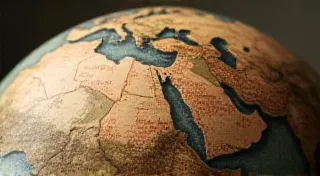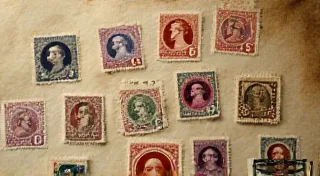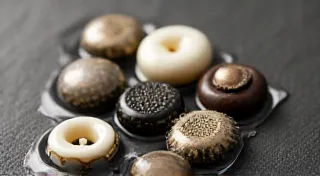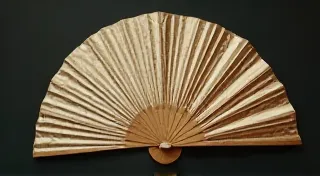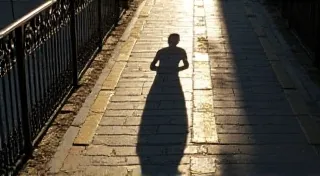From Wardrobe to Archive: The Journey of Vintage Pattern Preservation
There's a quiet romance in unearthing a vintage sewing pattern. It's more than just paper and instructions; it’s a whisper from the past, a tangible link to the women who meticulously crafted their own wardrobes, often with considerable skill and ingenuity. These patterns aren't simply blueprints; they're fragments of a bygone era, reflecting evolving social norms, changing silhouettes, and a different approach to fashion consumption. Preserving them isn't just about saving pieces of paper; it's about safeguarding a crucial part of our cultural heritage. My own journey into this fascinating world began not with a grand design, but with a simple discovery - a box of patterns found tucked away in my grandmother’s attic. Seeing those faded envelopes, their illustrations hinting at elegant dresses and tailored suits, sparked a profound curiosity and a desire to understand the story they held.
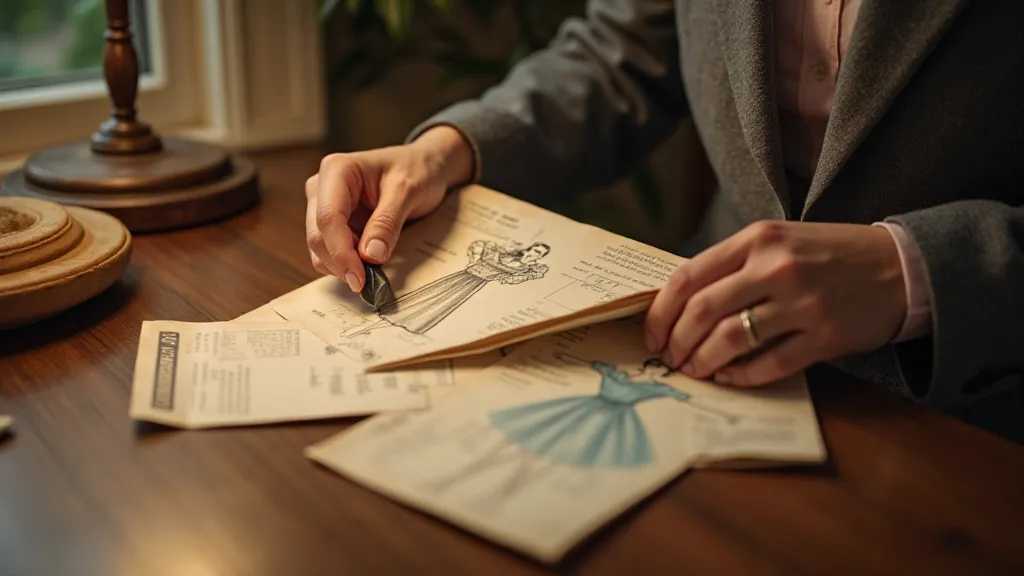
The Acquisition: More Than Just a Find
Acquiring vintage sewing patterns can take many forms. Estate sales and flea markets are treasure troves, often yielding a surprisingly large collection. Online auctions and antique stores offer a more curated selection, though often at a higher price. The initial acquisition is only the beginning. The condition of a pattern significantly impacts its preservation needs. Patterns can range from remarkably pristine, almost as if they’re fresh off the press, to brittle, torn, and heavily stained. Even seemingly minor damage, like a small tear or a water stain, can compromise the paper’s structural integrity over time.
There’s a certain thrill in the hunt – the anticipation of uncovering a rare and desirable pattern. I once spent months patiently bidding on a 1920s evening gown pattern, a design with intricate beaded details and a dramatic, almost theatrical flair. The competition was fierce, but the moment it finally arrived, the years of searching felt instantly worthwhile. It wasn't just about owning a pattern; it was about connecting with a piece of history.
Assessment and Initial Stabilization
Once acquired, each pattern needs careful assessment. This involves documenting its condition thoroughly – noting any tears, stains, fading, or markings. A digital record, including photographs from various angles, is invaluable for tracking changes over time. The paper type is also important; many older patterns were printed on thin, acidic paper which is prone to yellowing and deterioration.
Initial stabilization is crucial. This often involves gentle cleaning – carefully removing surface dirt with a soft brush and, if necessary, a specialized conservation sponge. Tears, even small ones, should be mended with acid-free tissue paper and a conservation-grade adhesive. It’s a delicate process, requiring patience and a steady hand. The goal isn't to restore the pattern to its original pristine condition, but rather to halt further deterioration and provide a stable base for long-term preservation.
Digitization: Bridging the Past and the Future
Digitization is a cornerstone of modern pattern preservation. Creating high-resolution scans allows for the pattern to be accessed and studied without handling the original, minimizing the risk of further damage. This also creates a backup in case of unforeseen events. Scanning should be done with a flatbed scanner using archival-quality settings, ensuring that color and detail are accurately captured. The resulting digital files should be stored in multiple locations – both physical hard drives and cloud storage – to ensure redundancy.
Beyond simply creating digital copies, digitization unlocks new possibilities. These scanned patterns can be used to create downloadable versions, making them accessible to a wider audience of sewists and fashion enthusiasts. This allows the designs to live on, inspiring new creations and keeping the spirit of vintage fashion alive. It's an act of sharing, of ensuring that these treasures aren't confined to dusty archives, but instead, contribute to the ongoing evolution of fashion.
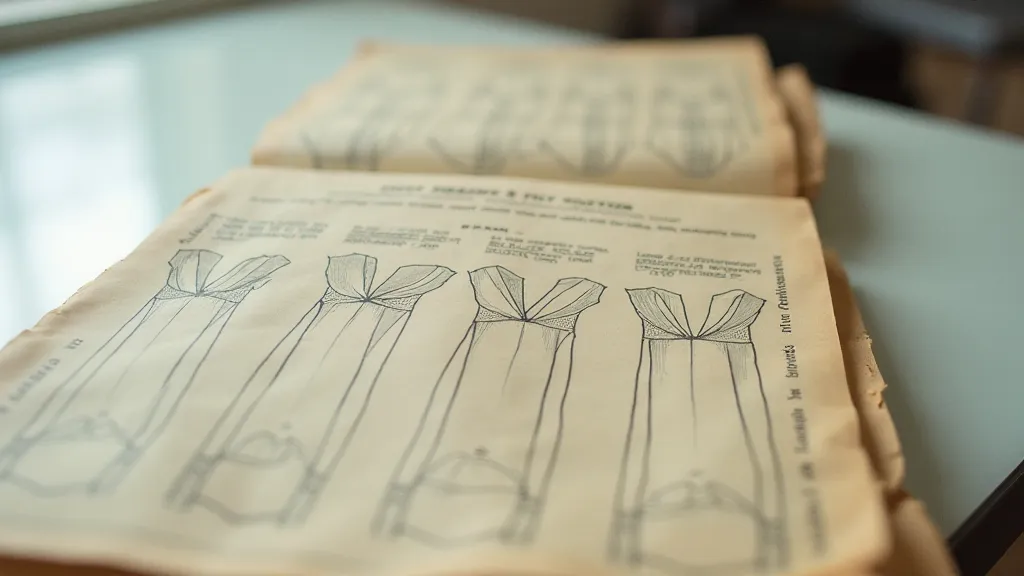
Storage: Creating a Safe Haven
Proper storage is paramount to preserving vintage sewing patterns for future generations. The ideal environment is cool, dark, and dry, with stable temperature and humidity. Direct sunlight and fluctuating temperatures are the enemies of paper, accelerating deterioration. Patterns should be stored flat, rather than rolled or folded, to prevent creases and stress fractures.
Acid-free folders and archival-quality boxes are essential. These materials prevent the acid in the surrounding environment from migrating into the paper, which can cause yellowing and embrittlement. Labels should be used to clearly identify each pattern, including its decade, style, and any relevant notes about its condition. A well-organized archive not only protects the patterns but also makes them easily accessible for research and enjoyment.
The Human Element: Craftsmanship and Context
Preserving vintage sewing patterns is more than just a technical exercise; it's about understanding the context in which these designs were created and used. The patterns themselves are testaments to the craftsmanship and ingenuity of the dressmakers who brought them to life. They reflect not only the prevailing fashion trends but also the social and economic conditions of the time. Imagine the woman who meticulously cut and stitched a 1950s circle skirt dress, carefully selecting fabrics and embellishments to create a garment that reflected her personal style. These patterns are threads connecting us to these individuals, allowing us to glimpse into their lives and appreciate their creative efforts.
Often, handwritten notes are found on the patterns – adjustments made to accommodate different sizes or preferences, alterations to simplify construction, or simply reminders about fabric choices. These notes are invaluable, offering insights into the dressmaking process and the individual who used the pattern. They personalize the pattern, transforming it from a generic blueprint into a unique and treasured artifact.
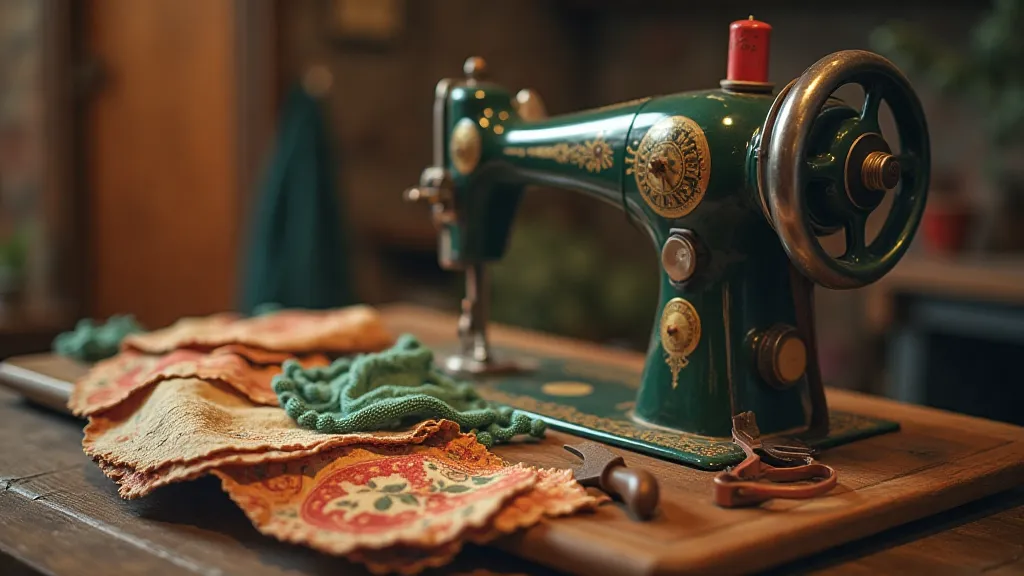
Looking Ahead: A Legacy of Style
The journey of preserving vintage sewing patterns is a continuous one, requiring ongoing care and attention. It’s a labor of love, driven by a deep appreciation for history, fashion, and the human spirit. By meticulously acquiring, assessing, digitizing, and storing these precious artifacts, we can ensure that they remain accessible to future generations. These patterns aren’t just pieces of paper; they’re windows into the past, inspiring creativity and connecting us to the women who shaped the world of fashion. They are a tangible reminder that style is a legacy, a story passed down through generations, waiting to be rediscovered and reimagined.
